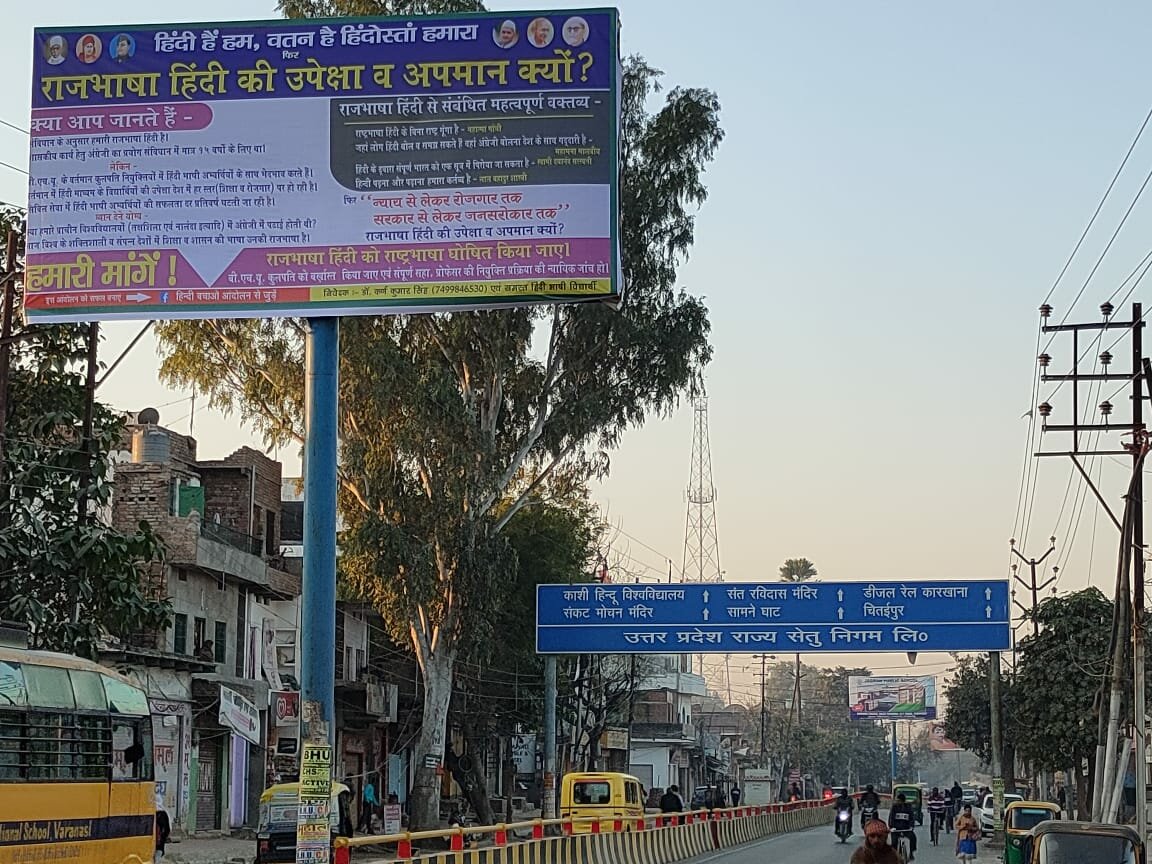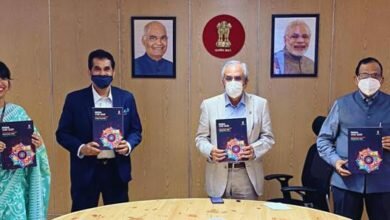GI sector needs Government support to survive in COVID pandemic period
Varanasi Region has emerged as a hub of GI goods
Binay Singh
Varanasi: The World Intellectual Property Day also faced the impact of COVID-19 lockdown this year. The day was observed online only to maintain the protocol of social distancing.
Today on the occasion of the World Intellectual Property Day, it is high time to give a look to the significance of Varanasi and its adjoining districts in achieving remarkable feats in the field of intellectual property particularly emerging as a hub of Geographical Indication (GI) tagged goods in eastern UP.
The World Intellectual Property Day is observed annually on April 26 to raise awareness of how patents, copyright, trademarks and designs impact on daily life to celebrate creativity and the contribution made by creators and innovators to the development of societies across the world.
“At this time of crisis the Central and State government musts support the GI stakeholders at grassroot level in all sectors like Craft, Agriculture, Horticulture, Food products, who are registered under GI Act and treated as IPR of India, through special package for promotion and protection of Indian IP Community,” said GI expert Padma Shri Dr. Rajni Kant.
Varanasi region has been known for its traditional arts and crafts since Vedic period. Today, this region boasts of producing 10 GI-tagged products like famed Banarasi saree and others with the involvement of lakhs of artisans. Besides, six other crafts are also likely to get the GI tag very soon.
Viewing the inexhaustible potential of this region, the Prime Minister Narendra Modi gifted a Trade Facilitation Centre and a Crafts Museum to develop and promote handlooms, handicrafts and silk products, and to provide necessary help to weavers, artisans and entrepreneurs in strengthening their marketing activities in domestic as well as international markets and in carrying forward the rich tradition of handlooms at Varanasi.
So far signature crafts of this region including Banaras Brocade & Saree, Handmade Carpet of Bhadohi, Banaras Gulabi Meenakari, Varanasi Wooden Lacquerware & Toys, Mirzapur Handmade Dari, Nizamabad Black Pottery, Banaras Metal Repoussé Craft, Varanasi Glass Beads, Soft Stone Jali Work, and Ghazipur Jute Wall Hanging have joined the elite GI club. “Six other crafts like Mirzapur Pital Bartan, Gorakhpur Terracotta, Chunar Glazed Pottery, Zardoji, Hand Block Print and Wood Carving are in the final stage of getting GI registration,” said Rajni Kant. According to him, nearly 20 lakh artisans, weavers and related stakeholders are involved in this sector with an annual turnover of Rs. 20,500 crores.
“The 26th April, World IP day, is also much important in these crucial times of Corona pandemic, when the whole World and scientists are suggesting their ancient IPRs for protecting and using many Ips,” he said adding this is an excellent example in the world that how our ancient Indian Culture was rich and maintaining their exclusive human skill in this period too.
Deendayal Hastkala Sankul:
The Prime Minister Narendra Modi had dedicated to the nation, the Deendayal Hastkala Sankul – a trade facilitation centre for handicrafts – at Varanasi at Bada Lalpur in September 2017. The PM had laid the foundation stone of this Centre in November 2014.
The Trade Facilitation Centre is one of the biggest projects for Varanasi for a long time. This Centre would help the artisans and weavers showcase their skills to the world, and facilitate a brighter future for them.
The Finance Minister in the Budget 2014-15 had announced setting up of a Trade Facilitation Centre and a Crafts Museum to develop and promote handlooms, handicrafts and silk products of Varanasi and to provide necessary help to weavers, artisans and entrepreneurs of Varanasi in strengthening their marketing activities in domestic as well as international markets and in carrying forward the rich tradition of handlooms at Varanasi.
A Trade Facilitation Centre is an indispensable step to help weavers/artisans of Varanasi to integrate into the global economy. There is a need for trade facilitation and advisory services to provide support for compliance with trade procedures, formalities and legal and regulatory requirements; this is needed to make entrepreneurs aware of new rules, regulations, thereby facilitating their import/export activities and enhancing their competitiveness. There is also a need to showcase the rich tradition of Varanasi through museum, live demonstration and audio visual medium to domestic and international tourists.
The Sankul will facilitate the weavers/artisans/exporters in promotion of handlooms/handicrafts in both domestic and international markets. The Crafts Museum in the Sankul will preserve the traditional handloom/handicrafts products of Varanasi and showcase the handloom & handicraft products, which will be an inspiration for the new generation, scholars, designers and tourists.
The project spans 7.93 acres, with a built-up area of 43,450 square metres. The approximate cost of the complex is 300 crore rupees.
The project is strategically located near the upcoming bypass between NH-29 (Varanasi – Gorakhpur Road) and NH-56 (Varanasi – Sultanpur Road) which reduces travel time to Sankul from Varanasi airport to 30 minutes and from Sarnath to Sankul to 20 minutes. The location of the site also allows its connectivity to all prominent locations within Varanasi and Sarnath.
The complex is equipped with automated Building Management Systems (BMS), central air conditioning and ventilation systems, power backup, fire protection and public address systems, lifts/escalators for ease of public movement on all levels and centrally monitored CCTV system for safety and security.
The project consists of five blocks: Marts-cum-Office, Convention hall-cum-Exhibition, Food court-cum-Guest House, Shopping Arcade and Crafts Museum. It has double-basement parking facilities with parking capacity of around 370 cars and 430 two-wheelers.





